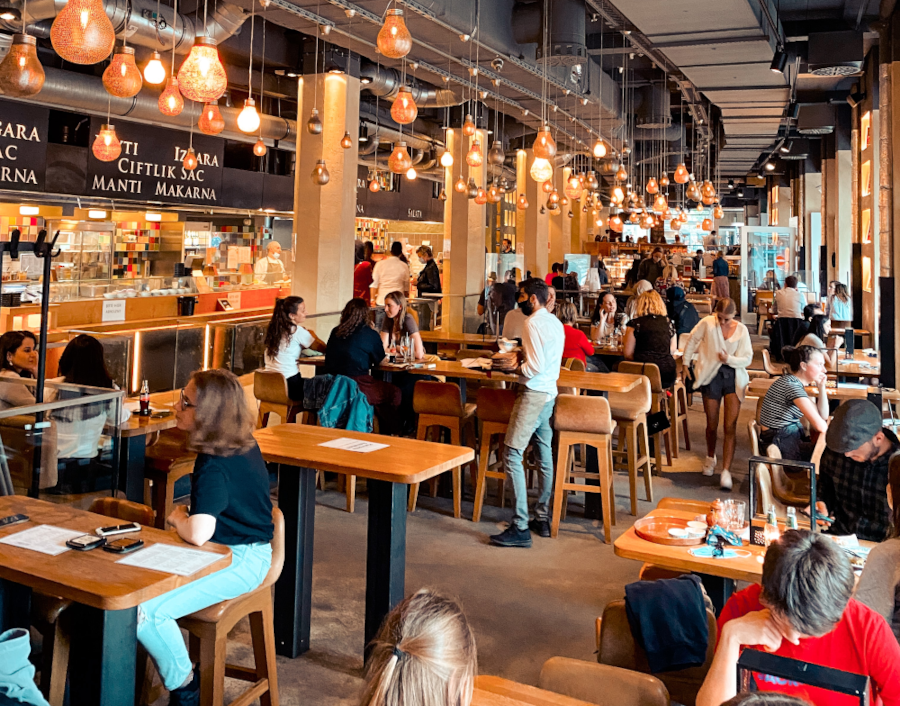Prof. Grant McKenzie and his colleague Prof. Kevin Mwenda, from Brown University, recently pushed an article in the Journal of Spatial Information Science titled Identifying regional variation in place visit behavior during a global pandemic. In this piece, the authors explored how the visit duration to various places of interest (e.g., restaurants, bars, coffee shops) changed between the start of the COVID-19 pandemic (January 2020), and one year into the pandemic. They investigate these changes in four major US cities (New York City, Los Angeles, Chicago, and Houston) using over 450,000 Google Places, and compare the changes in visit duration across these regions.
The results of their analysis suggest that the pandemic’s impact on visiting behavior varies between cities and that there are commonalities and differences found in certain types of places. For instance, the figure below shows the variation in visit duration for Bars in the four cities of interest. The average amount of time spent at a bar in all cities decreased substantially between January 2020 and January 2021. The city of Houston, however, showed the least amount of change implying that the pandemic had less of an impact on the visiting behavior of bar patrons in the Texas city.

This variation was not found in all place types. The figure below shows the change in visit duration for Banks. This, and other place types like Gas Stations and Convenience Stores saw little regional variation over the course of the year.

The analysis goes on to investigate the relationship of change in visiting behavior with certain socio-economic and demographic variables. The findings suggest that places of interest within lower income communities experienced less change in visit duration than others. An increase in the percentage of younger, Black or Hispanic populations within a community also resulted in a smaller decrease in visit duration than in other communities. These results offer insight into the factors that contribute to changes in visiting behavior and the resilience of communities to a global pandemic.

